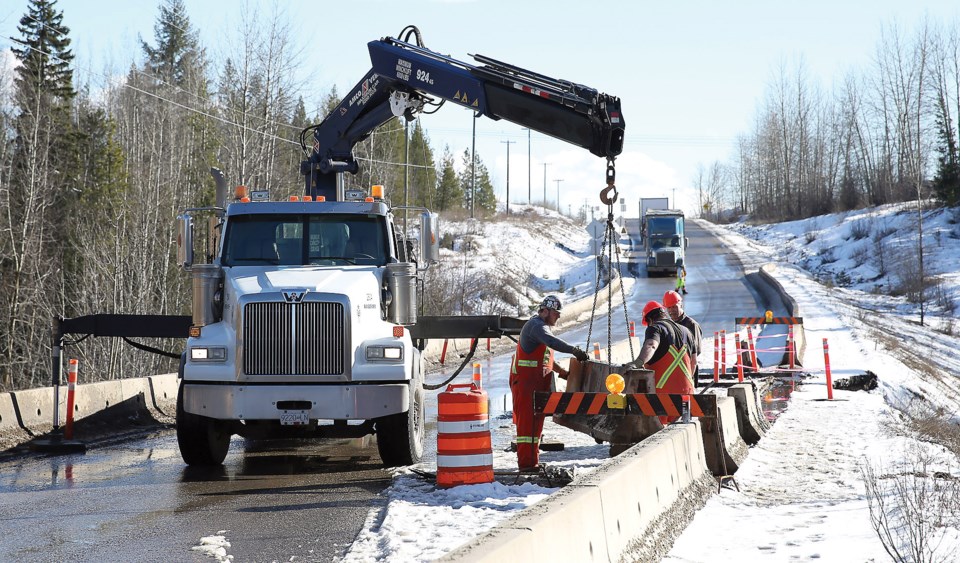The Department of Fisheries and Oceans says it is "actively working" with the city to bring a crossing over Haggith Creek up to a fish-bearing standard but has not imposed a deadline to get the work completed.
The statement, provided this week, effectively confirms what engineering director Adam Homes told city council during its March 11 regular meeting when asked if further work is in store because the culvert that was put in place is undersized.
Homes said DFO will eventually want the city to remove the culvert "but we're saying that for public safety, for the time being that culvert can't move."
He added that while the remediation work was being carried out the ground moved again and, in response, more fill was put on top of the culvert.
"That ground needs to consolidate. That could take years and years to happen," Homes said.
In an emailed response to queries from the Citizen, DFO spokesperson Janine Malikian said the culvert, part of the construction of a bridge where Willow Cale Road crosses the creek, is perched above the outlet pool by 1.5 to 1.7 metres.
"At this height, the culvert is a full barrier to the passage of any species of fish using the system, and prevents the upstream migration of species utilizing Haggith Creek, including rainbow trout, lake chub, juvenile chinook, and northern pike minnow," she said.
Replacing the culvert with a larger one is not the only option, she indicated.
"The suitability of a culvert depends on a number of factors, including the ability to pass flows during floods as well as the ability to provide unimpeded passage for all life stages of fish," she said and added DFO has asked the city to "investigate potential solutions to restore fish passage through the culvert."
She said habitat within the creek supports a healthy invertebrate population, which in turn provides a food source for fish in the Fraser River.
"Rainbow trout, lake chub, juvenile chinook, and northern pike minnow have been observed to utilize Haggith Creek downstream of the culvert.," Malikian said. "The total number of fish that may be produced by the system is difficult to accurately predict and is dependent upon a number of factors. However, the habitat that is observed to exist above the culvert is considered to be suitable fish habitat."
Work on the crossing so far has added up to $6.8 million. Of that, $3.1 million was spent on work carried out from September 2016 to March 2017.
A further $3.7 million was spent on another round after cracks appeared in the new asphalt on the south side of the bridge, indicating unstable ground beneath by early August 2017. The crossing was closed for a further 10 months
The culprit turned out to be an unstable layer of clay about 20 metres below the surface that was undetected in a geotechnical survey, council was told.
The full $6.8 million will be financed through a five-year loan.
Debt servicing on the first $3.1 million has been incorporated into the 2019 budget while the remaining will be folded into the 2020 budget, delivering an estimated 0.95 per cent increase to the tax levy next year.



